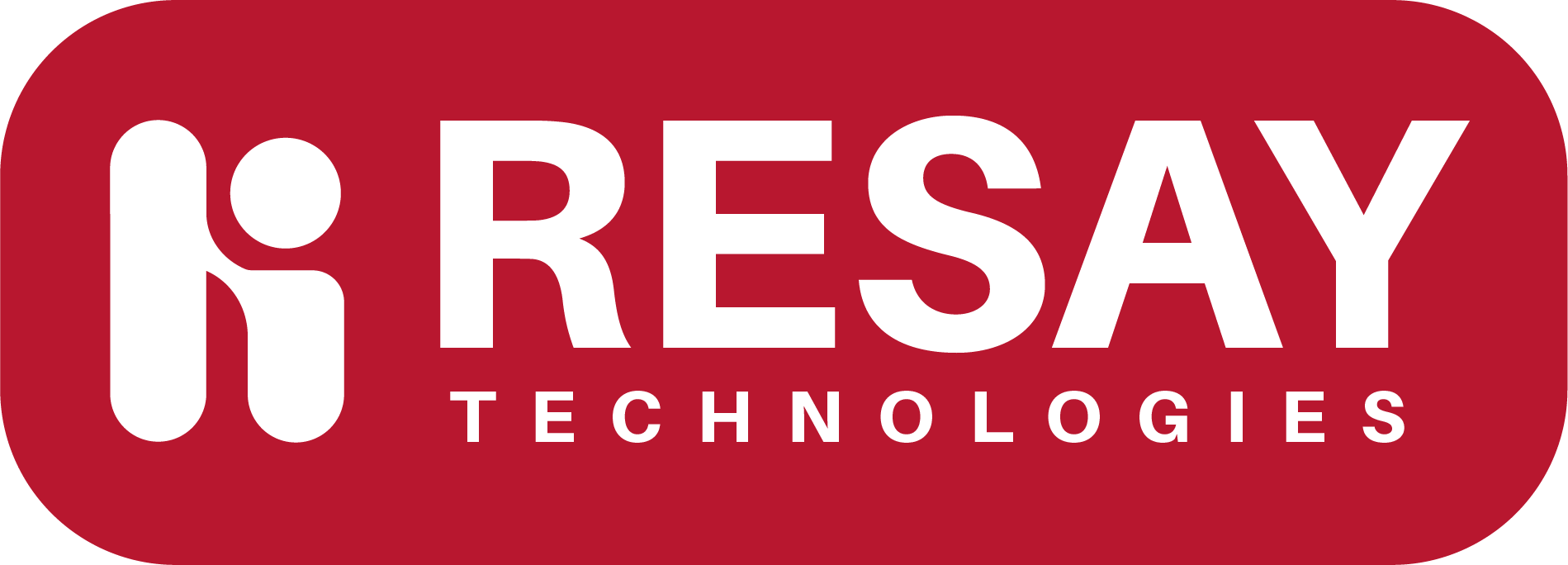It seems like you’re asking about software in general. Software refers to a set of instructions or programs that tell a computer how to perform specific tasks or functions. There are various types of software designed for different purposes, and they can be broadly categorized into several categories. Here are some common types of software’s :
- Operating Systems:
- Examples: Microsoft Windows, macOS, Linux, Android, iOS
- Function: Manages hardware resources and provides services for computer programs.
- Application Software’s :
- Examples: Microsoft Office (Word, Excel, PowerPoint), Adobe Creative Suite, web browsers (Chrome, Firefox)
- Function: Allows users to perform specific tasks, such as creating documents, editing images, or browsing the internet.
- Utility Software’s :
- Examples: Antivirus programs, disk cleanup tools, backup software
- Function: Provides tools to optimize system performance, enhance security, and perform maintenance tasks.
- Device Drivers:
- Examples: Printer drivers, graphics card drivers, network adapter drivers
- Function: Enables communication between the operating system and hardware devices.
- Programming Software’s :
- Examples: Integrated Development Environments (IDEs) like Visual Studio, Eclipse
- Function: Assists programmers in creating, testing, and debugging software applications.
- Database Software’s :
- Examples: Microsoft SQL Server, MySQL, Oracle Database
- Function: Manages and organizes large volumes of data, supporting data storage, retrieval, and manipulation.
- Web Development Software’s :
- Examples: Sublime Text, Visual Studio Code, Dreamweaver
- Function: Tools for creating and managing websites and web applications.
- Graphic Design Software’s :
- Examples: Adobe Photoshop, Illustrator, CorelDRAW
- Function: Used for creating and editing visual content, including images, illustrations, and graphics.
- Video Editing Software:
- Examples: Adobe Premiere Pro, Final Cut Pro, iMovie
- Function: Allows users to edit and manipulate video footage, add effects, and create multimedia content.
- Project Management Software:
- Examples: Microsoft Project, Trello, Asana
- Function: Assists in planning, organizing, and managing projects, including task tracking and collaboration tools.
- Customer Relationship Management (CRM) Software:
- Examples: Salesforce, HubSpot CRM, Zoho CRM
- Function: Manages customer interactions, sales processes, and customer data.
- Enterprise Resource Planning (ERP) Software:
- Examples: SAP, Oracle ERP, Microsoft Dynamics
- Function: Integrates core business processes, including finance, human resources, and supply chain management.
- Communication and Collaboration Software:
- Examples: Slack, Microsoft Teams, Zoom
- Function: Facilitates communication and collaboration among team members, often including messaging, video conferencing, and document sharing.
- Open Source Software:
- Examples: Linux operating system, Apache web server, Mozilla Firefox
- Function: Software’s whose source code is freely available, allowing users to view, modify, and distribute it.
- Middleware:
- Examples: Apache Tomcat, IBM WebSphere
- Function: Connects software’s components or applications and facilitates communication between them.
The software’s landscape is diverse, covering a wide range of applications and tools that cater to different needs and industries. Each type of software serves a specific purpose, contributing to the overall functionality and capabilities of computers and other digital devices.

